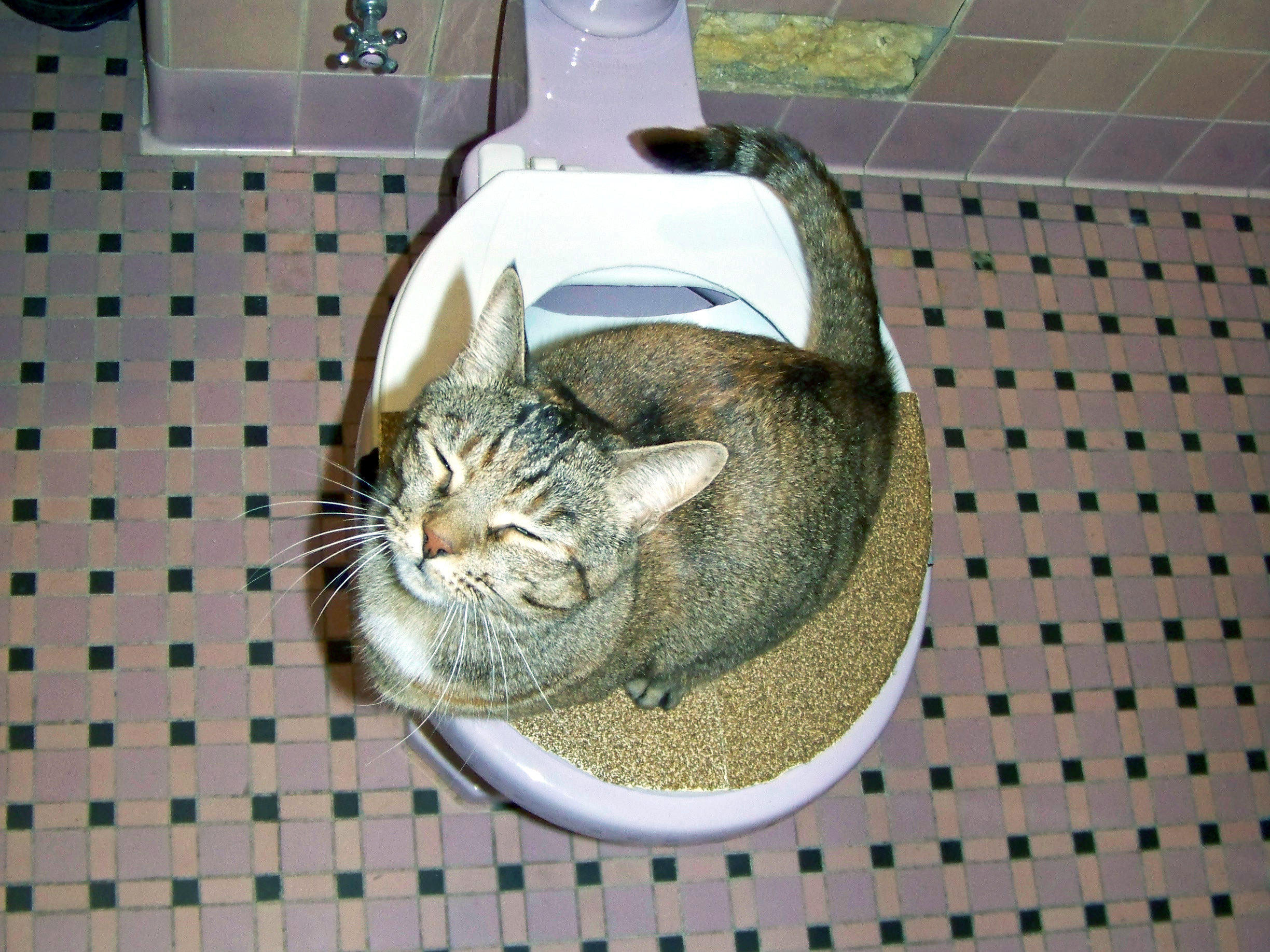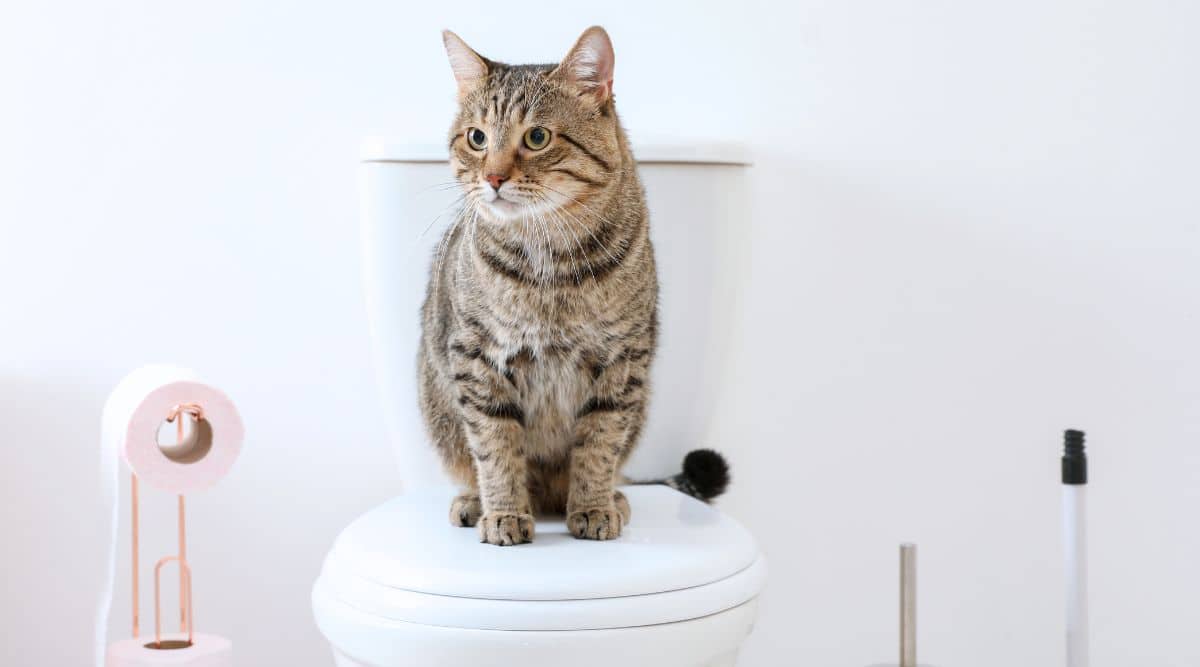What are your concepts on Don’t flush cat feces down the toilet?

Introduction
As feline proprietors, it's vital to be mindful of how we take care of our feline pals' waste. While it may seem practical to flush pet cat poop down the commode, this practice can have damaging effects for both the setting and human health.
Alternatives to Flushing
Luckily, there are more secure and extra responsible ways to deal with feline poop. Take into consideration the adhering to alternatives:
1. Scoop and Dispose in Trash
The most common method of getting rid of feline poop is to scoop it right into an eco-friendly bag and toss it in the garbage. Be sure to use a devoted litter scoop and dispose of the waste quickly.
2. Usage Biodegradable Litter
Choose eco-friendly pet cat clutter made from products such as corn or wheat. These litters are environmentally friendly and can be safely thrown away in the garbage.
3. Hide in the Yard
If you have a lawn, take into consideration hiding feline waste in an assigned area away from veggie yards and water resources. Make sure to dig deep sufficient to avoid contamination of groundwater.
4. Install a Pet Waste Disposal System
Invest in a pet garbage disposal system particularly created for feline waste. These systems use enzymes to break down the waste, reducing smell and ecological effect.
Health Risks
In addition to ecological worries, flushing cat waste can additionally present health and wellness risks to humans. Cat feces might include Toxoplasma gondii, a parasite that can create toxoplasmosis-- a possibly severe disease, specifically for pregnant women and individuals with weakened immune systems.
Ecological Impact
Purging cat poop presents dangerous microorganisms and bloodsuckers into the supply of water, positioning a significant threat to water environments. These pollutants can adversely affect marine life and compromise water high quality.
Final thought
Responsible animal possession extends beyond giving food and sanctuary-- it also includes correct waste administration. By refraining from flushing feline poop down the bathroom and opting for alternate disposal approaches, we can minimize our ecological footprint and secure human wellness.
Why Can’t I Flush Cat Poop?
It Spreads a Parasite
Cats are frequently infected with a parasite called toxoplasma gondii. The parasite causes an infection called toxoplasmosis. It is usually harmless to cats. The parasite only uses cat poop as a host for its eggs. Otherwise, the cat’s immune system usually keeps the infection at low enough levels to maintain its own health. But it does not stop the develop of eggs. These eggs are tiny and surprisingly tough. They may survive for a year before they begin to grow. But that’s the problem.
Our wastewater system is not designed to deal with toxoplasmosis eggs. Instead, most eggs will flush from your toilet into sewers and wastewater management plants. After the sewage is treated for many other harmful things in it, it is typically released into local rivers, lakes, or oceans. Here, the toxoplasmosis eggs can find new hosts, including starfish, crabs, otters, and many other wildlife. For many, this is a significant risk to their health. Toxoplasmosis can also end up infecting water sources that are important for agriculture, which means our deer, pigs, and sheep can get infected too.
Is There Risk to Humans?
There can be a risk to human life from flushing cat poop down the toilet. If you do so, the parasites from your cat’s poop can end up in shellfish, game animals, or livestock. If this meat is then served raw or undercooked, the people who eat it can get sick.
In fact, according to the CDC, 40 million people in the United States are infected with toxoplasma gondii. They get it from exposure to infected seafood, or from some kind of cat poop contamination, like drinking from a stream that is contaminated or touching anything that has come into contact with cat poop. That includes just cleaning a cat litter box.
Most people who get infected with these parasites will not develop any symptoms. However, for pregnant women or for those with compromised immune systems, the parasite can cause severe health problems.
How to Handle Cat Poop
The best way to handle cat poop is actually to clean the box more often. The eggs that the parasite sheds will not become active until one to five days after the cat poops. That means that if you clean daily, you’re much less likely to come into direct contact with infectious eggs.
That said, always dispose of cat poop in the garbage and not down the toilet. Wash your hands before and after you clean the litter box, and bring the bag of poop right outside to your garbage bins.
https://trenchlesssolutionsusa.com/why-cant-i-flush-cat-poop/

As a serious person who reads about How to Dispose of Cat Poop and Litter Without Plastic Bags, I think sharing that piece of content was beneficial. You should take the time to promote this post if you enjoyed reading it. Thanks a lot for your time spent reading it.
Schedule Your Service